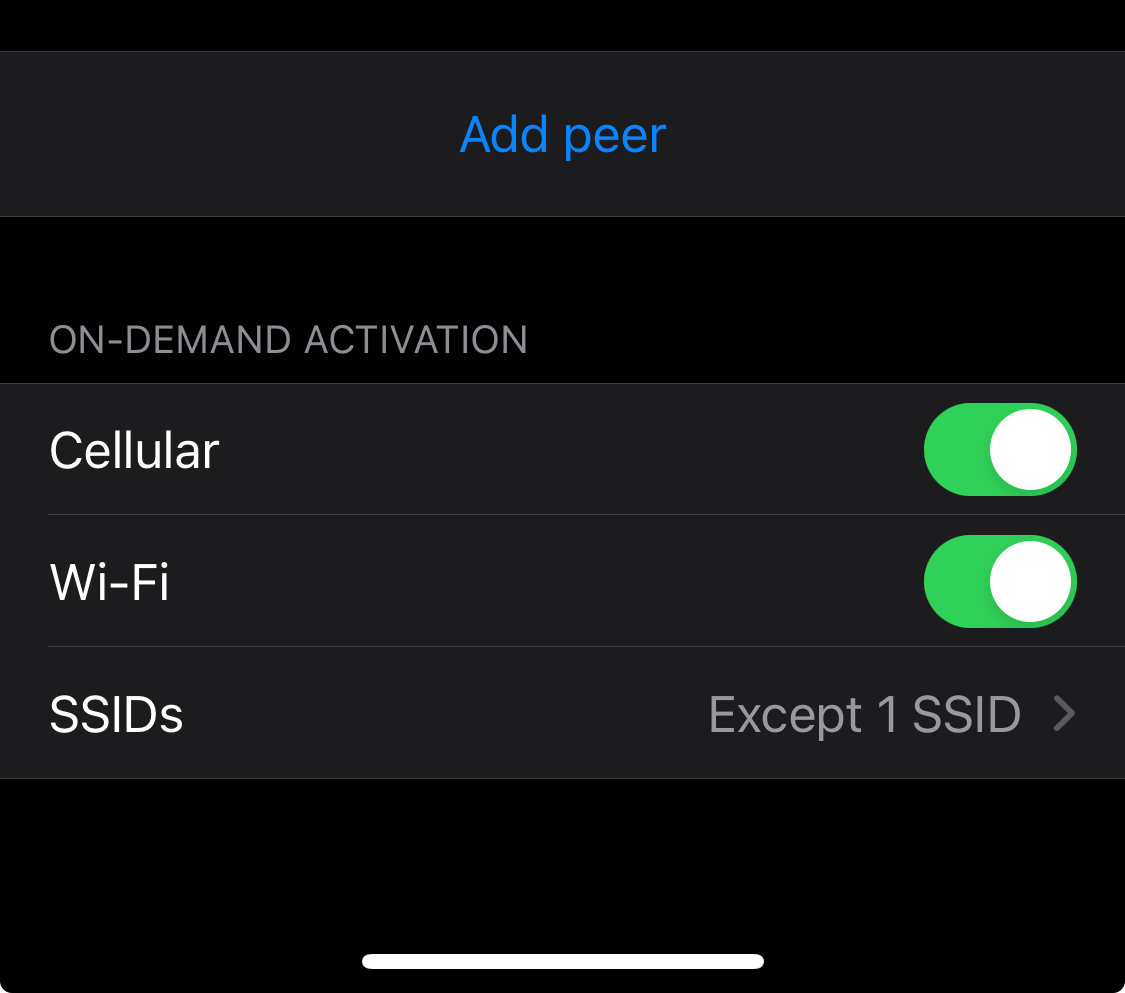

Easy to block that - though not with pihole exclusively.
We use another tool at our network edge to block all 53/853 traffic and redirect all port 53 traffic to our internal DNS resolver (works much like pihole).
Then we also block all DoH.
Only two devices have failed using this strategy: Chromecast - which refuses to work if it can’t access googles DNS. And Philips Hue bridges. Both lie and say “internet offline”. Every other device - even some of the questionable ones on a special VLAN for devices we don’t trust - work just fine and fall back to the router-specified DNS.








Sweet. It’s worth it IMO. And definitely fun for either tinkering or just having something solid that works (why not both? ;) ).
We’ve been using monowall - now pfsense since 2008.
I don’t necessarily recommend btw - there are lots of great options out there (like it’s cousin OPNSense and so many more).